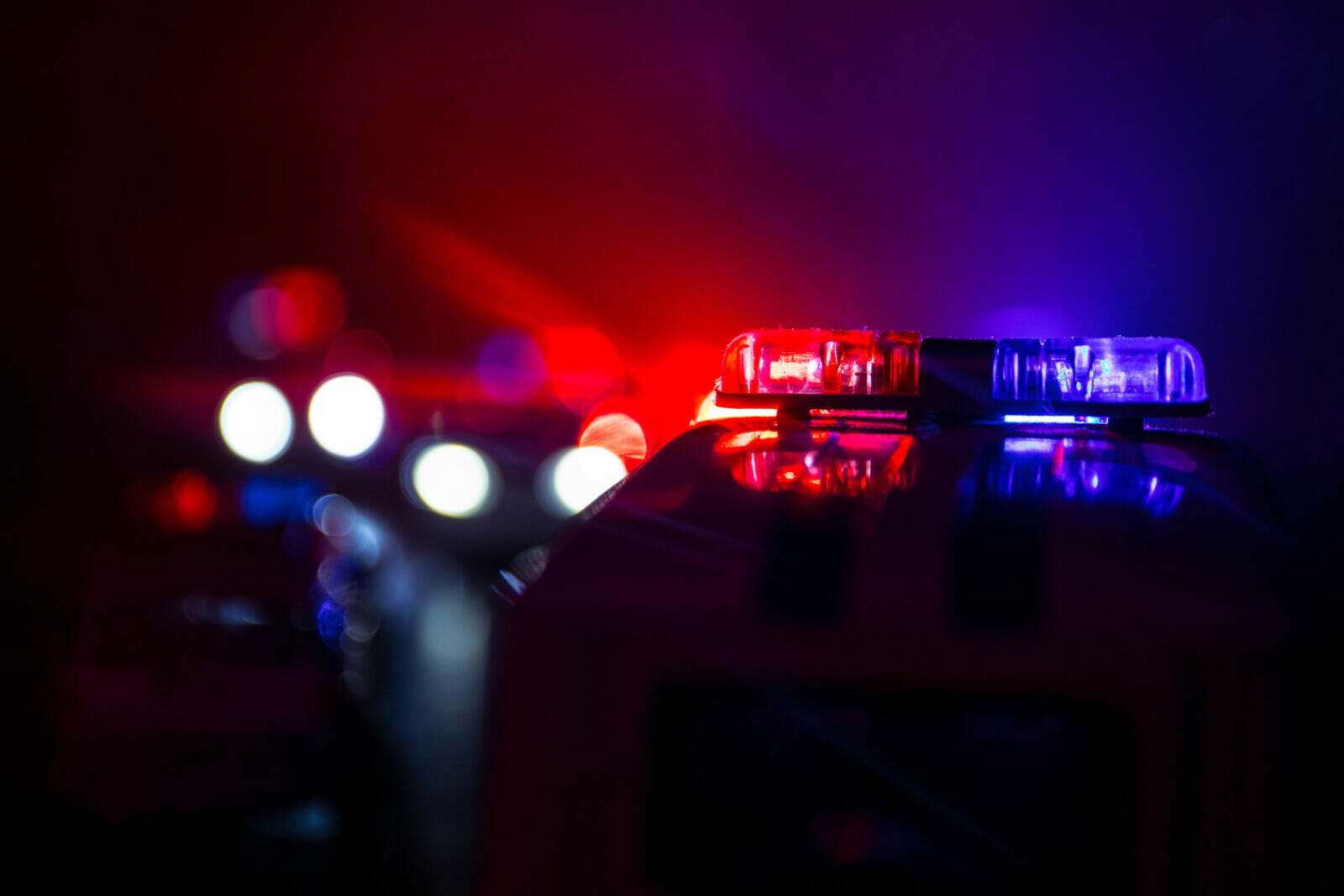City of Phoenix leaders and residents of the 27th Avenue Corridor in northwest Phoenix are working with Arizona State University to help stave off crime.
The groups are collaborating on the 27th Avenue Corridor Community Safety and Crime Prevention Plan, which was designed to address community concerns and solve the constant source of crime in the area.
According to crime statistics from the Phoenix Police Department, when comparing data from 2018 to 2021, it showed that calls for service are up by 9 percent, aggravated assaults are up by 50 percent, armed robbery is up 12 percent, calls for shots fired have more than doubled, and possession of narcotics and dangerous drugs are up 10 percent.
The initiative is expected to build relationships among city, community groups and business partners, while also reducing violent crimes at major intersections along the corridor, according to presentations from City Manager’s Office, Neighborhood Services, and Police & Streets.
READ ALSO: Top 20 places people are leaving to move to Metro Phoenix
The plan calls for hiring civilians to help assess technology and crime statistics within that area and partner with Arizona State University Law Department to conduct a pre- and post-intervention study of areas monitoring displacement that occurs as a result of the initiative.
The 27th Avenue Community Safety and Crime Prevention Plan proposed a two-year pilot project with goals to reduce crime, drug use and prostitution.
City Councilwoman Betty Guardado made the motion to be approved, and Vice Mayor Laura Pastor seconded the motion to approve the pilot project. Testimonials from community members solidified the 7-1 city council vote favoring the 27th Avenue Corridor project proposal on Wednesday night.
Residents and business owners shared their personal experiences on the 27th Avenue Corridor, and urged the city council members to approve the plan to prevent further crime.
More than 10 phone testimonials were given in favor of the plan as community members, business owners, and family members are exhausted from seeing and hearing crime occur in their neighborhood.
Many residents shared that they don’t feel safe because of the increasing criminal activity.
Rev. Fernando Camou, pastor of Saints Simon & Jude Cathedral located between Maryland and 27th Avenue, favors the project. He represents more than 460 students from pre-K to eighth grade.
“We have our safety concerns {sic} our Sunday services,” Reverend Camou said. “Sometimes people are nervous to come back to mass because of the just {sic} the street here… our community really wants to support any initiatives that are going to help the street. We Want to be a beacon of hope to this avenue.”
Assistant Phoenix Police Chief Steve Martos said that the lack of officers and the challenges of hiring and retaining officers calls for the implementation of the safety plan.
According to Martos, the proposal would allow for technology like cameras, gunshot detection and license plate readers to help track the crime hotspots and displacement.
Community members shared personal experience in the city council meeting about hearing gun shots in that area, so that’s why the technology was created to help us detect where gunshots were coming from, Martos said.
ASU’s collaboration would be an essential part of the project. They would conduct the pre-and post-intervention study, developments of performance measurements, examination of displacement, and ongoing analysis and consultation, according to presentations from City Manager’s Office, Neighborhood Services, and Police & Streets.
Guardado sympathized with the community members who shared their experiences. She pressed and reiterated the importance of the plan would be to the neighborhood.
“I am emotional about it because I know what this is like, and I know the struggle that our families are going through day in and day out. This is not a political move on my part. This is not about me putting my name up there. This is about the families. This is about us giving the safety they need,” Guardado said about the proposal.
District 5 has heard 200 testimonials from residents of the 27th Avenue corridor. They have heard from many families who have had themselves and their children directly impacted by drug use, crime, and prostitution.
However, not everyone was eager to get the plan approved.
Councilmember Carlos Garcia was the lone vote against the project despite growing up around this area and disagreed with this plan.
“Creating plans that further criminalize already vulnerable populations don’t work because they only create more inequality and fear,” Garcia said. “We need more resources to house and provide mental health care resources for our communities. The difference between this area and the northern or other parts of the city is that they have more resources.”
As expressed by Martos, this safety program does not deal with criminalization. Instead, it focuses on the technical aspects of looking at crime holistically.
“We have police assistants that are not officers; that is a civilian component, and those assistances will be the ones managing the technology, ” Martos said. “Whether it be cameras, the license plate readers, or the gun detection systems.”
The most impotent part of the city council meeting, for Martos, was the concerns that were voiced from the community.
“It was a heartfelt council meeting today… what really touched me today, honestly, was hearing from residents in the area, both the English and Spanish speakers, who came on and the obvious desperation in their voice about what was occurring in their neighborhoods,” Martos said. “It was moving to me because they deserve an opportunity also. They deserve an opportunity to live where there is no crime. They deserve to have a business; for their business to thrive without having to face individuals who just openly and blatantly are committing crimes at their doorstep.”




